In this Article
It’s now two months, and you’re starting to understand your baby’s personality. You can tell what they like, dislike and interpret their different cries and cues. It’s time to take it to the next level; introduce some activities which will aid them in their development. Use their time awake as an opportunity to introduce some play that helps them develop physically and socially.
What to Expect From Two Months Old Baby?
You will notice:
- Their heads are a little steadier and you’ll see them make an effort to keep steady. You should continue their tummy time to ensure they get enough opportunity to get stronger.
- Their instinctive reflexes are still there. You’ll find they still have the sucking reflex and it’s a good thing; sucking is one of the best ways they can comfort themselves.
- You’ll start to see that they try to bat any object you place in front of them.
- Their vision continues to develop, and now they can see objects up to 45cm (18 inches) away.
- They start looking at objects and follow them when they move.
- They love listening to you talk or sing and the more you do it, they more they love it.
- You’ll hear them cry with more gurgling, cooing or grunting.
- They can recognize where sounds come from and turn their heads in response
- They can now smile.
Fun and Engaging Two Month Old Baby Activities
Here are some play activities for 2-month-old babies that are tried and tested.
1. Wiggle toys
This is the most basic of all play. Babies are naturally attracted to brightly coloured objects, especially the ones that rattle.

Skill Development
It develops their vision and tracking skills.
What You Require
You can use brightly coloured toys, dolls, stuffed animals, mobile phones and soft toys.
How To Do
At 2 months babies can see up to 45cm away from their eyes. This is enough for them to fix on an object that’s brought close to their face and follow it for a short span of time. With more play, you can help build this ability of theirs to see. Start with any toy that they find attractive, preferably one that rattles as it normally elicits a stronger response. Move it in different directions while bringing it closer and taking it further away from their face. You can also add funny sound effects, talking and singling while you move the toy around.
2. Talking to your baby
Talking to your baby is how they will learn to pick up the sound of your voice over others’ and different sounds. Eventually, they’ll begin to recognize people who interact with them regularly.
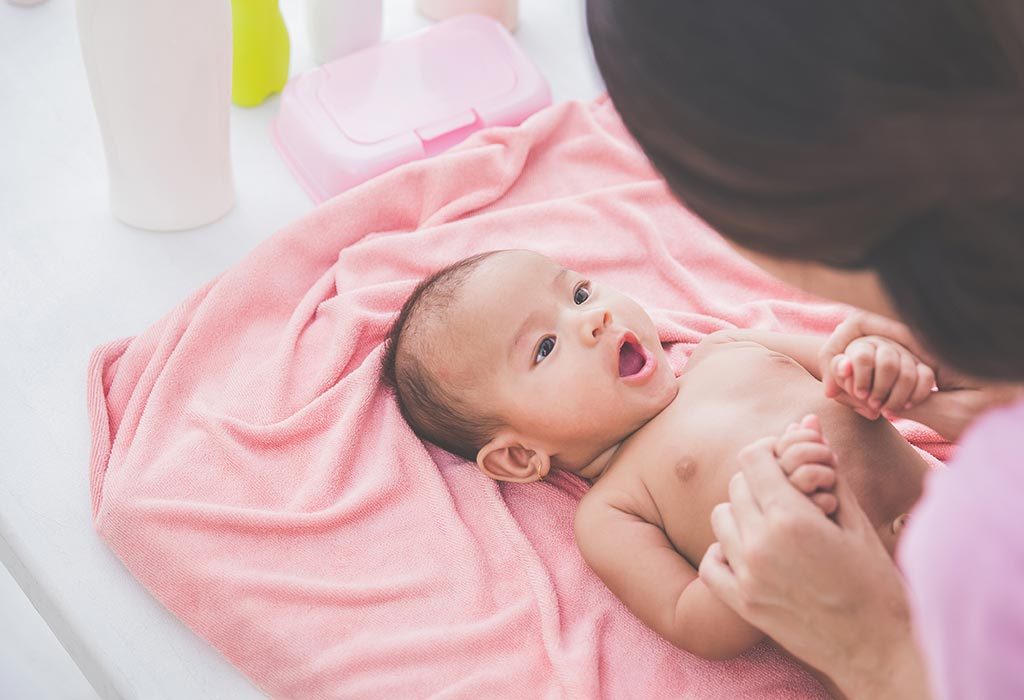
Skill Development
Helps with listening, vocal and language skills.
What You Require
Just you and your baby
How To Do
Talk to them like how you talk to anybody else, any sort of talking or singing is good. As your baby hears you sing and talk, it lays down the foundations of their own language, hearing and vocal skills. It doesn’t matter want you to say to them, talk to them with full of expressions or sing a lullaby, so they are comforted by your voice. You’ll also begin to notice they respond differently to your words and tone that convey different emotions.
3. Cuddle time
Cuddle time is an essential sensory activity that has profound benefits to both baby and mother.
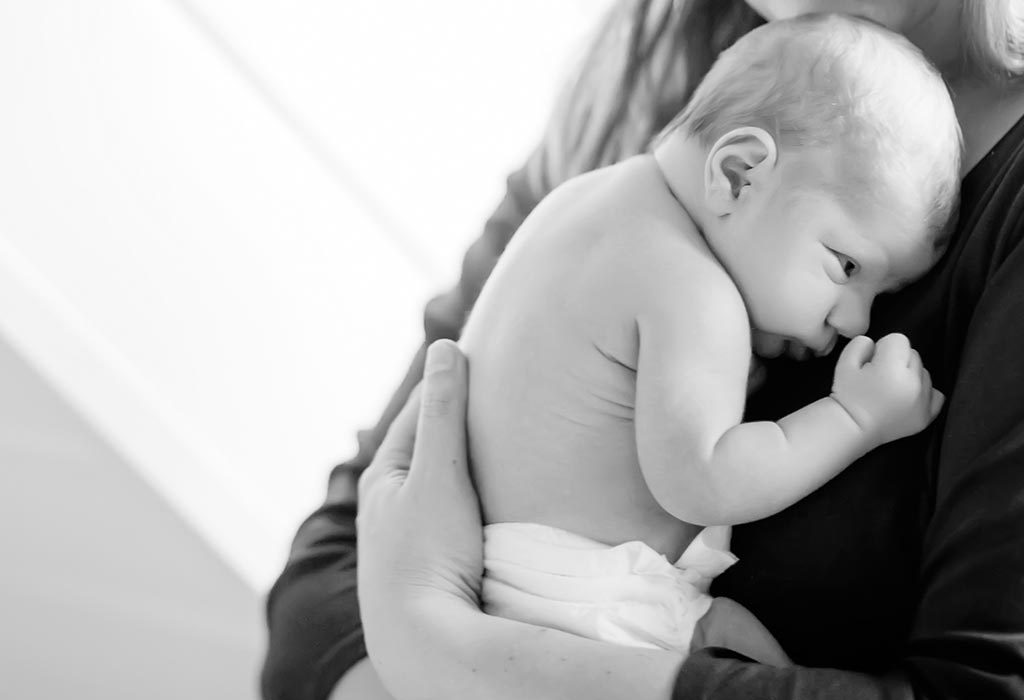
Skill Development
Bonding and emotional development
What You Require
You and your baby
How To Do
Cuddle time is anything that involves skin to skin contact between you and your child. Dedicate some time just to hug and tell them that you love them. It could also be done during breastfeeding, rocking them to sleep or giving them a massage. The more you touch, the greater the bound with them. For the baby, the benefits include psychological and physical development, improved sleep and stress relief.
4. Exploration through touch
Touch is an important sense and now is a good time to start introducing them to different materials and sensations which will help them build their tactile skills. Touch is how babies learn about their environment along with visuals and sound. This exercise not only involves touching with hands but the whole body.

Skill Development
Builds fine tactile and sensory skills.
What You Require
Clothes of different textures, toys and other everyday objects.
How To Do
Give them a variety of textured toys and other objects such as rattlers, sponges, textured rings, different types of fabrics, household items etc. You can choose numerous toys from the baby store that have surfaces that are spiky, smooth, rubbery, squishy or bumpy. Laying the baby naked on different types of fabrics helps them get a sensation of the texture all over their body. You can also move different textured toys on their body (belly, legs, arms, face, back), this one of the best sensory activities for your 2-month-old. Some also enjoy being tickles with a soft object such as a feather.
5. Tummy time
It’s essential to let your babies lay on their tummies for some time every day.
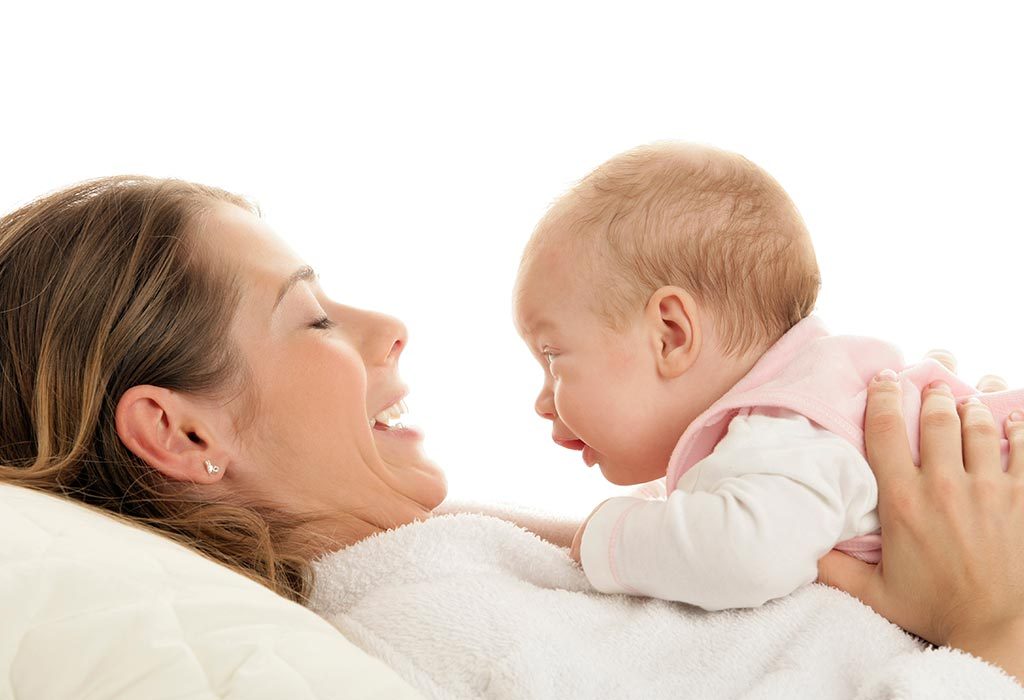
Skill Development
Physical development and builds strength.
What You Require
You and your baby.
How To Do
Let your baby lay on its tummy for a while during play time every day. It helps them to build strength and coordination in the muscles that control their neck, shoulder, arms and the upper body. They eventually learn to roll over and move around and tummy time is essential to build that skill. In the long run, it strengthens the muscles that enable them to crawl and sit up. However, do not let them lay on their tummies for too long at a stretch, lay them on their back in between to let them relax. Tummy time activities for 2-month-old is best done when their mood is clam or cheerful.
6. Reading
Reading together is a fun activity that can be enriching both visually and auditorily. Babies love hearing their parents’ voices, and it works best when both take turns to read to their child.

Skill Development
Builds cognitive and language skills.
What You Require
Some books for infants
How To Do
Sit down with your baby and read the lines from the book while you point it out. Show them the colourful illustrations and tell what each one is. Read to them in a quiet place and make it fun. You can try reading using exaggerated facial expressions and animated voices to keep your baby’s attention on the activity.
7. Family Get together
A get together is excellent for building their social skills as they get used to being picked up by unfamiliar people.
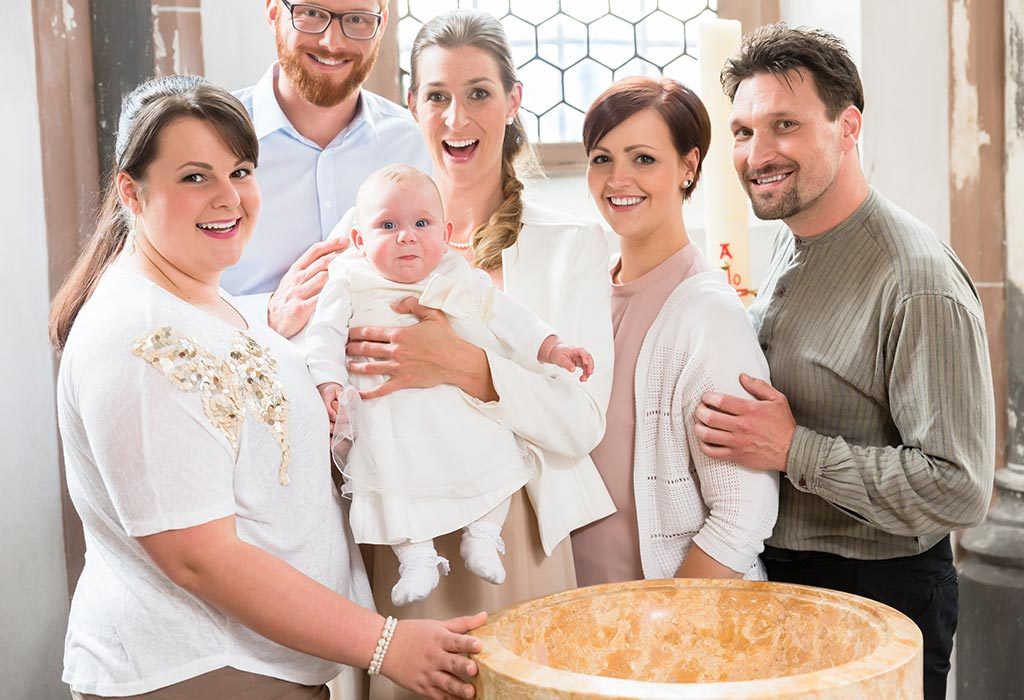
Skill Development
Helps build social skills.
What You Require
Gathering with relatives and close friends.
How To Do
Take them out to see other people and family gatherings where they can meet different people who are unfamiliar with them. Being picked up by your friends and relatives exposes them to new voices and faces. This helps them to interact with people and not get scared or confused about new people in the long run. Also, ensure you take them to gatherings that are not too crowded or loud. It could agitate them, and the activity becomes counterproductive.
8. Move around
This is a good activity to spend some quality time with your baby.
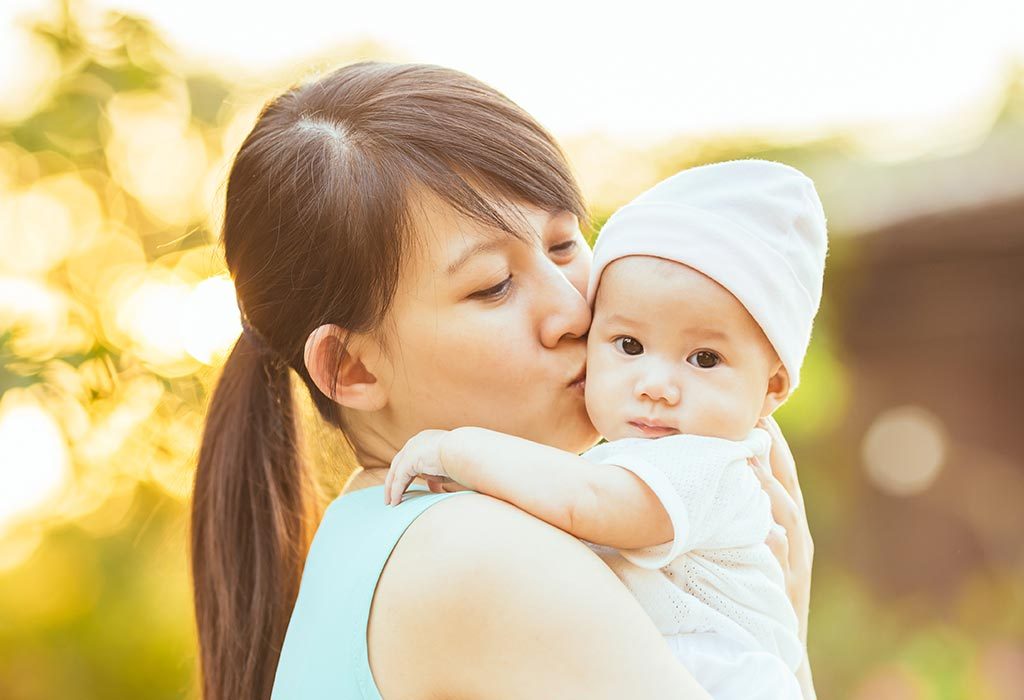
Skill Development
Bonding and spatial awareness.
What You Require
You and your baby
How To Do
Pick up your baby and move them around the house or go outside. This movement helps in the development of the vestibular system which is responsible for our awareness of our own bodies in space.
9. Massage
Babies love massages.
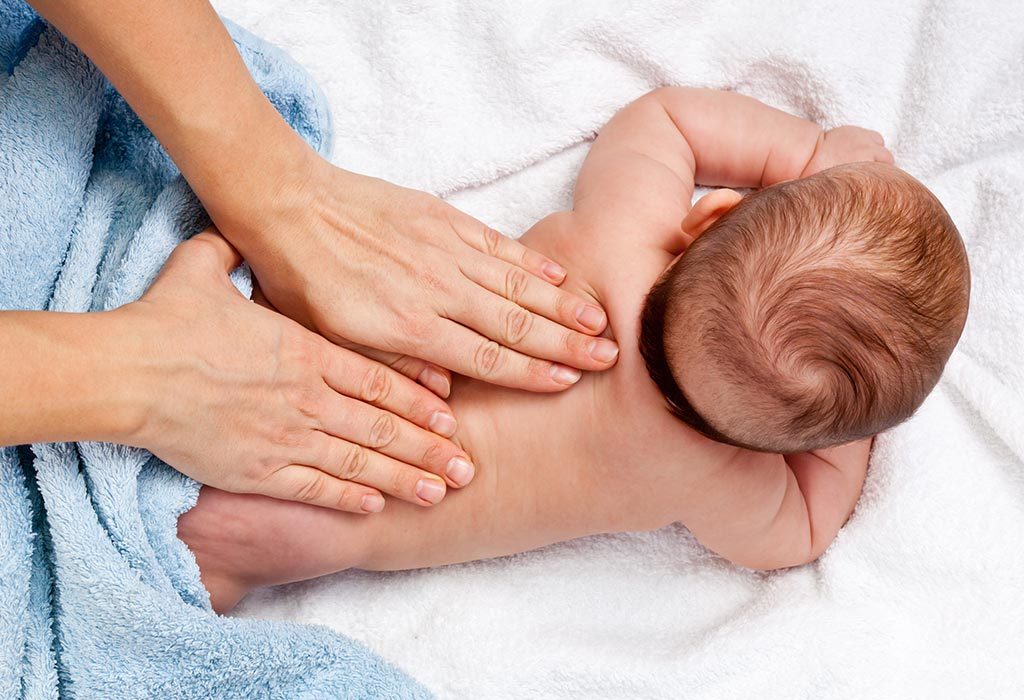
Skill Development
Bonding, tactile and awareness of the body
What You Require
Baby massage oil
How To Do
Gently massage your baby’s body with warm massage oil in a quiet room. Undress them and let them lay down on a soft flat surface. Massage sections of their bodies such as belly, legs, arms, shoulders and back. Move and stretch their arms and legs out. Make them make cycling motions with their legs to warm up and strengthen the lower body muscles, the same can be done with their arms. Massage while improving blood circulation, relaxes the baby and helps bond with its mother.
10. Introduce Colours and Lights
Lights and colourful hanging objects are great at drawing your baby’s attention. They are visually attractive and build motor function.

Skill Development
Sensory development builds motor skills and helps in hand and eye coordination.
What You Require
Brightly, coloured toys with lights and sound
How To Do
Hang toys that are colourful and visually appealing over your baby’s crib. Your baby will try to touch or swat it and in the process build coordination with the eyes. You can also get them a play gym that has many more hanging toys and visually appealing objects.
Every new sensory experience helps your baby grow and develop and build a better detail of the external world in their brains. So provide them plenty of opportunities for new experiences.









